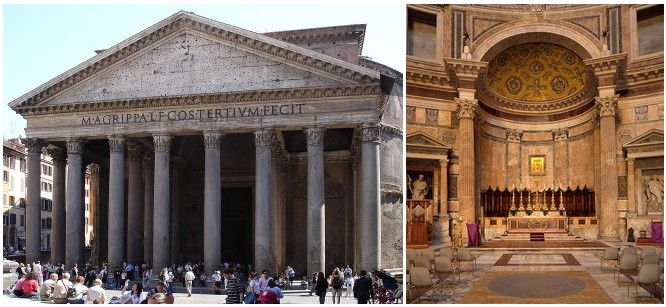The Pantheon and All Saints
Alicia Ambrosio
Tuesday, November 3, 2009

Related Articles:
Pope Francis’ Prayer Intention for April 2025
Thursday, April 3, 2025
 Pope Francis
Pope Francis
We join the Holy Father in praying that the use of the new technologies will not replace human relationships, will respect the dignity of the person, and will help us face the crises of our times.
Pope Francis’ Catechesis – April 2, 2025
Wednesday, April 2, 2025
 Pope Francis
Pope Francis
Pope Francis continued the second section of his cycle of catechesis on "Jesus Christ our Hope," as part of the Jubilee 2025, on encounters with Christ in the Gospels. This week, he reflected on Zacchaeus' practical efforts to encounter Jesus, writing that "When you have a strong desire, you do not lose heart. You find a solution. Zacchaeus, just like a child, climbs a tree."
God in the City: Catholic Journalism Summer Intensive 2025
Monday, March 31, 2025
 Salt + Light Media
Salt + Light Media
Canadian Catholic News is offering an in-person intensive experience of its popular online course, “Telling Truth in Charity: Introduction to Catholic Journalism” this summer.
Pope Francis’ Catechesis – March 26, 2025
Wednesday, March 26, 2025
 Pope Francis
Pope Francis
Pope Francis continued the second section of his cycle of catechesis on "Jesus Christ our Hope," as part of the Jubilee 2025, on encounters with Christ in the Gospels. This week, he reflected on Jesus' encounter with the Samaritan woman at the well, saying that "Jesus waits for us and lets Himself be found precisely when we think that there is no hope left for us."
What does the 500th anniversary of the start of the Anabaptist movement mean for the unity of the church? | One Body
Tuesday, March 25, 2025
 Jeremy Bergen
Jeremy Bergen
Jeremy Bergen reflects on the origins and history of the Anabaptist movement and its implications for ecumenical dialogue.













